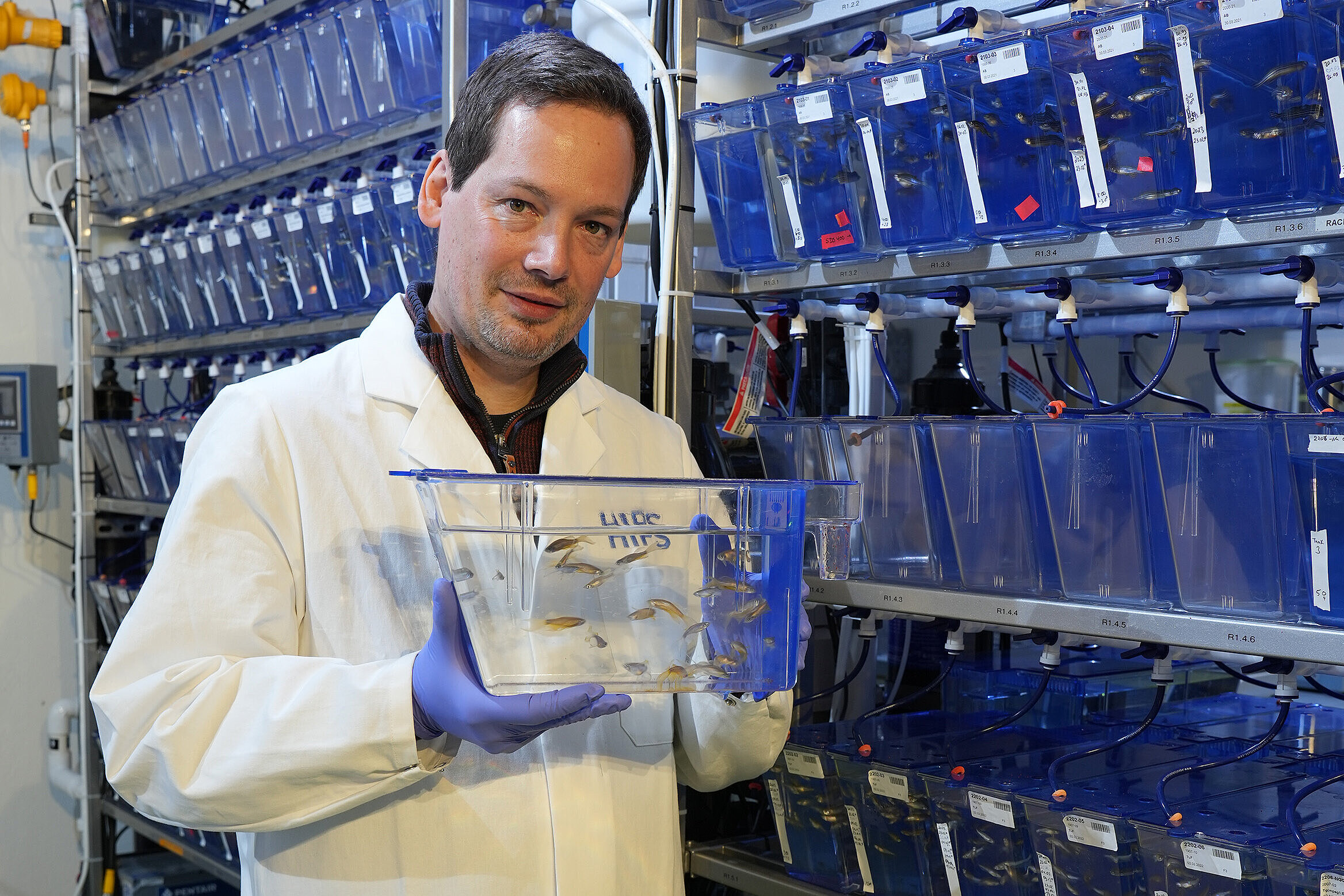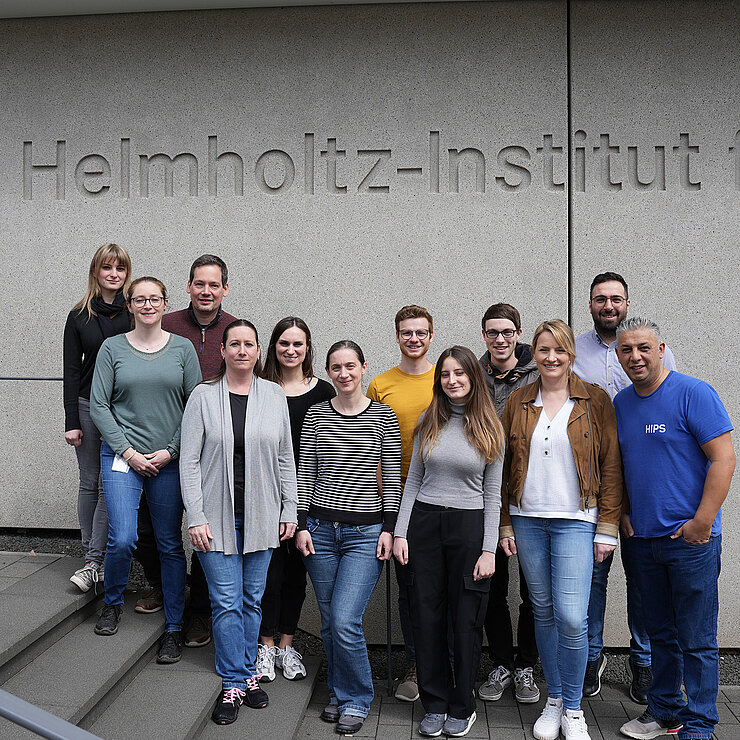The use of animal experiments, for example on mice and other rodents, in drug research is necessary to carry out a risk assessment before a potential drug is tested on humans. This also applies, for example, to the development of new antibiotics, where it must also be ensured that the new antibiotic is safe and has no side effects. Before drugs are tested on living animals at all (in vivo studies), they have usually already undergone a large number of laboratory tests. In these so-called in vitro studies, questions are asked such as: Does the active substance interact sufficiently well with the desired target structure? Does the substance bind to other target structures that could lead to side effects? Against which pathogens does the drug candidate act? An increasing number and, above all, different in vitro experiments are available that provide a detailed picture of the mode of action of the substance. However, questions about the effect of a potential drug in humans can often only be answered in experiments on living organisms, as these involve very complex interactions and systems. These include studies that investigate the Absorption, Distribution, Metabolism, Elimination, and Toxicity of a compound. These ADME-tox studies determine exactly how a drug behaves in the organism and what the body does with the drug. Only when these aspects reveal no evidence of problems a drug candidate can be tested in clinical trials.
There are also new approaches for ADME tox studies that can minimize the need for animal models. One of the most promising approaches is the zebrafish larvae model (ZLM). In terms of its genetic information, zebrafish has a surprisingly high degree of similarity to humans: About 70 percent of its genes are orthologous to humans. This means that these genes are found in both organisms and have a high degree of similarity in the sequence of DNA bases. For genes with specific disease relevance, this percentage is as high as 84 percent. Dr Jonas Baumann, head of the zebrafish facility at the Helmholtz Institute for Pharmaceutical Research Saarland (HIPS), explains: "Due to the very high genetic similarity, the ZLM is ideally suited to test at a very early stage whether an active substance is degraded or shows toxic side effects." After fertilization, the larvae already form an organ system comparable to that of humans in the first 48 hours. This makes it possible to observe very precisely whether there are any abnormalities or disturbances in the development of individual organs that may be triggered by the added compound. "This allows us to test this much better than with simple cell culture models. Not only the kidneys or liver, for example, but also complex developmental abnormalities of the heart, e.g. heart beat rates and cardiac arrhythmias, and even immune responses can be detected in this way," says Baumann. According to EU guidelines, tests with fertilized zebrafish eggs are considered advanced cellular experiments up to 120 hours after fertilization of the egg. "For this reason, we have the extraordinary opportunity to reproduce complex in vivo processes in an in vitro experiment," Baumann said.



